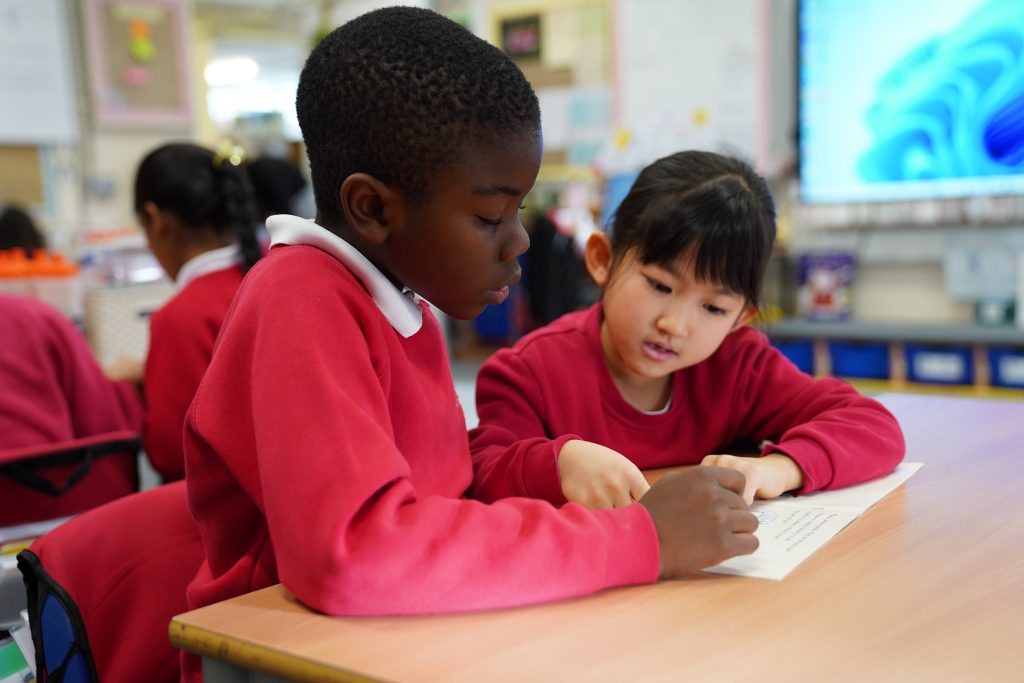Let’s say that you’re preparing a lesson on Caesar’s invasions of Britain. Maybe you don’t know much about them, so you read around the subject, pick out bits that might be helpful, make notes.
You decide to prepare a narrative about the secret expedition to Britain before the invasion. You check out the vocabulary your class might not understand – ‘legion’, ‘standard’ ‘reconnaissance’. You jot down how you’ll explain what the words mean.
You prepare a presentation. You work out the questions for ‘turn to your partner’. You practise. You teach. You explain.
You now know a lot more about Caesar’s invasions of Britain.
You prepared your lesson by reading – not by listening, say to a podcast. Speaking pace is 120 to 180 wpm – it would be far too slow. (It’s hard to remember what you listened to, and it’s a bother to stop and rewind all the time.) You can read at double that speed – and at a pace you need to understand. You can take in four or five words a second. Sometimes you skim quickly to find what you need. At other times you slow down to comprehend something tricky. You re-read; you check your understanding. You’re in control of your learning.
On the other hand, in lessons, children are expected to listen. And listen. And listen. The more we talk the less they listen. They are expected to listen so much more than they are expected to read. And that’s a problem. It’s a big problem.
Listening is tricky. If your minds wanders there is nowhere back. Children (and adults for that matter) are vulnerable to the speaker – how well they explain something, and the speed at which they speak.
They can’t interrupt the teacher if they drift off: ‘Sorry, could you repeat that, my mind wandered,’ or ‘I don’t understand, please could you explain that again’. They can’t always get hold of what the teacher’s saying. Asking children to turn to their partner to explain something after listening is critical, but it can only go so far. And asking children to write from memory gives them too little to focus on later.
I’m proposing that, as soon as children can read, we offer bite-sized ‘in the moment reading’ at key points in every lesson, along with a thought-provoking question or task.
Children can then begin to do what we do when we learn. They can control the pace they need to understand. They can ask questions and jot down their responses and ideas.
And, by encouraging children to re-read the texts after the lesson means that they can reflect on ideas, allowing for deeper exploration of a topic than a lesson has time for.
‘The whole curriculum matters, because good readers have broad knowledge in civics, history, geography, science, the visual arts, and so on.’ (Daniel Willingham 2017)
Reading isn’t just for pleasure – it is critical to how we learn.

